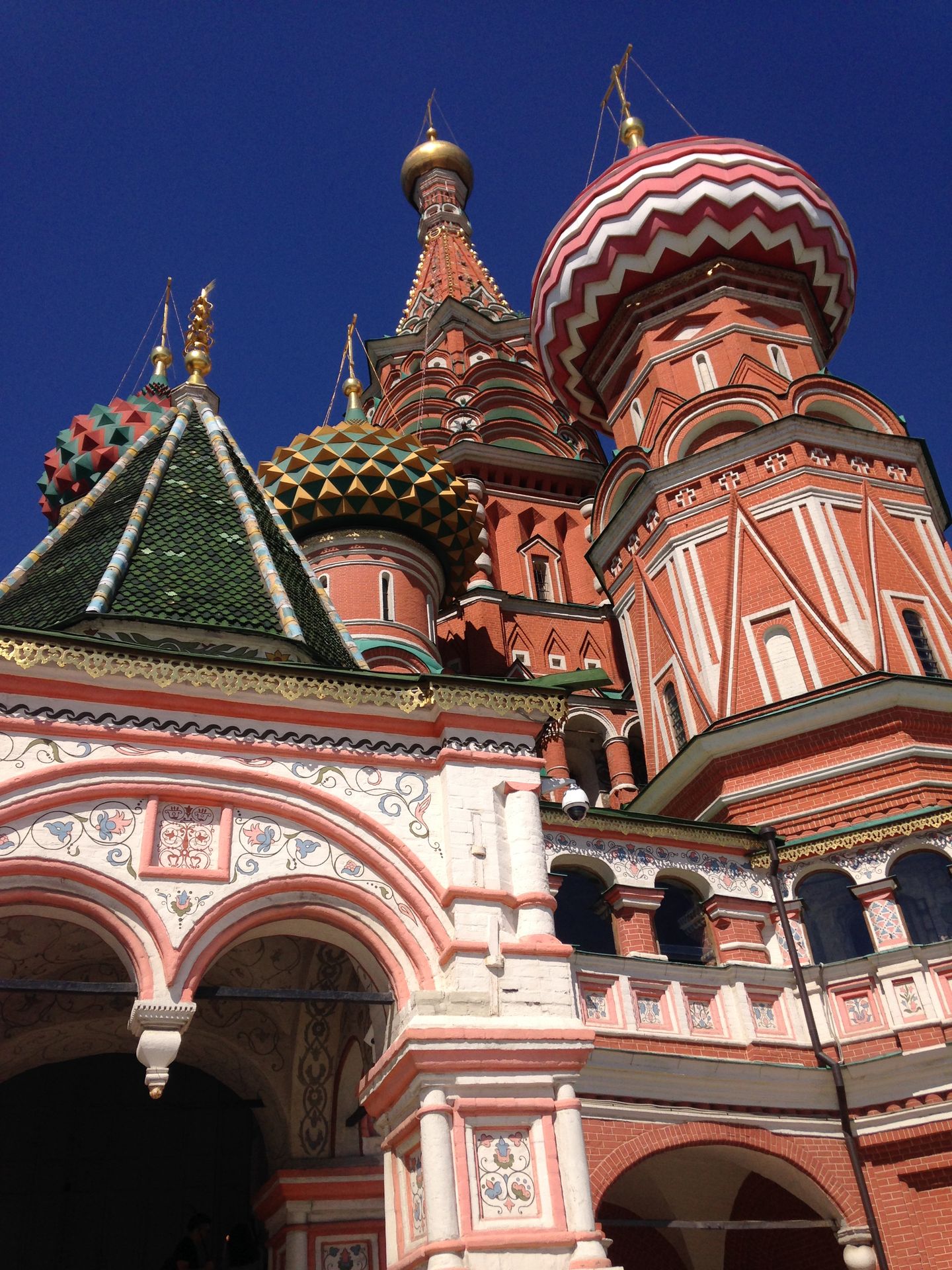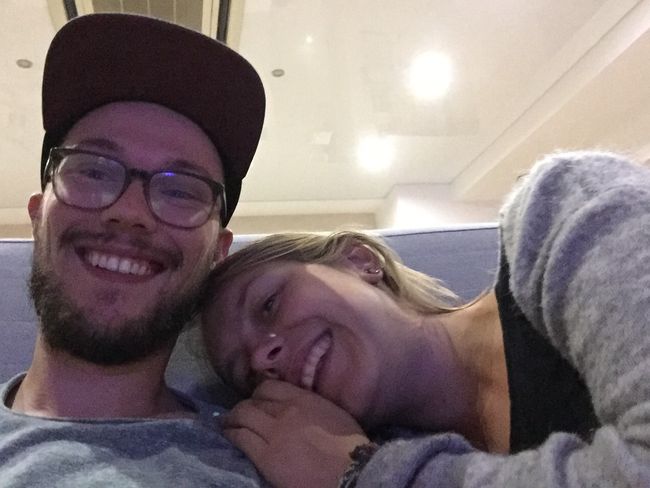Section Nine: The Summit Climbers or: The Drama of Stairs
Нашр шудааст: 09.10.2018
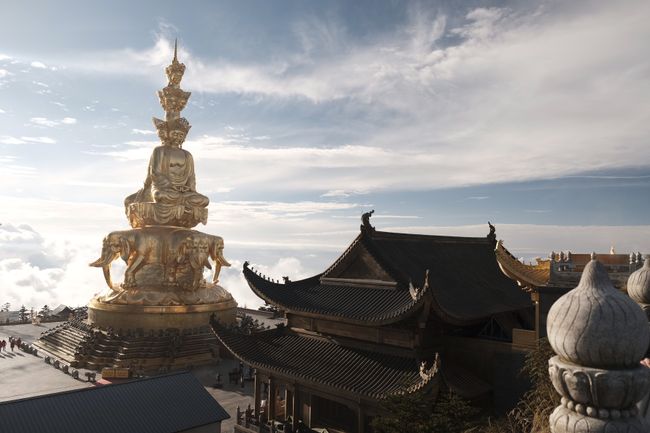
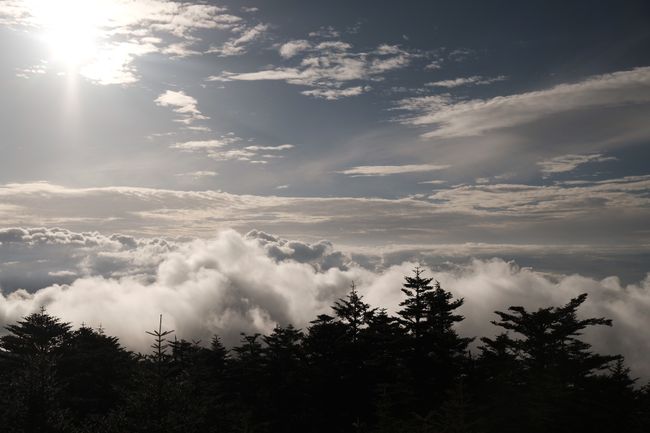
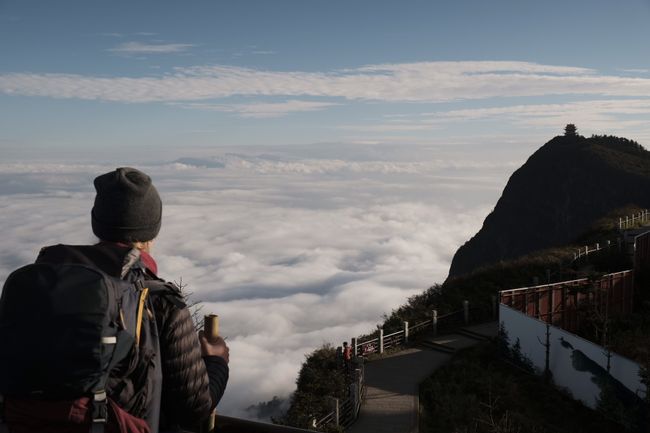
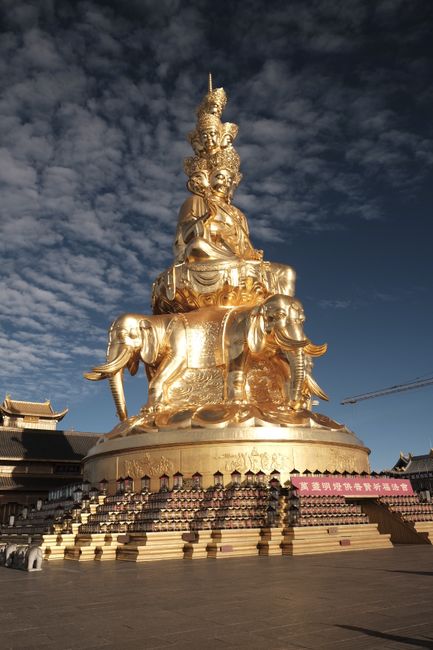
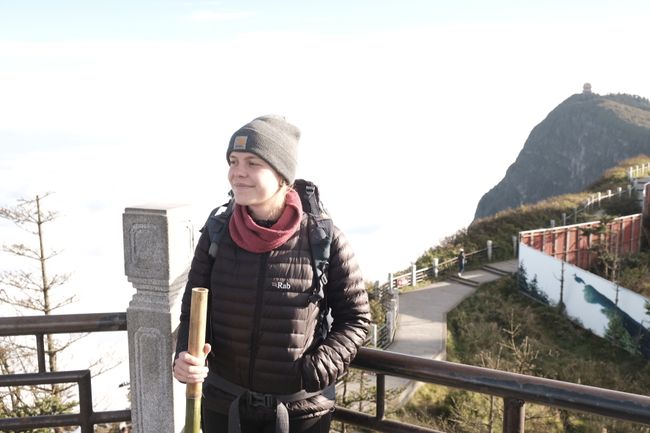
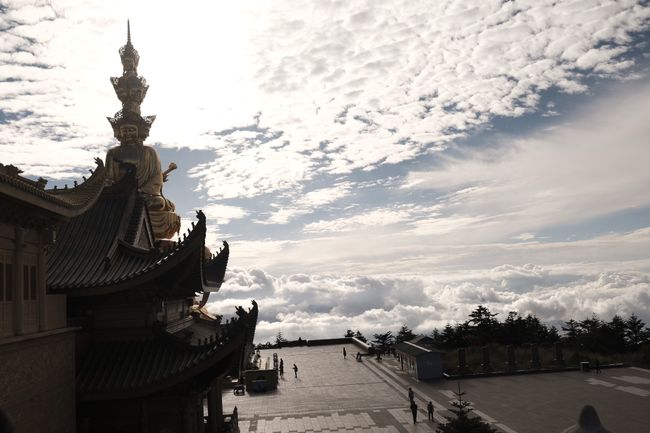
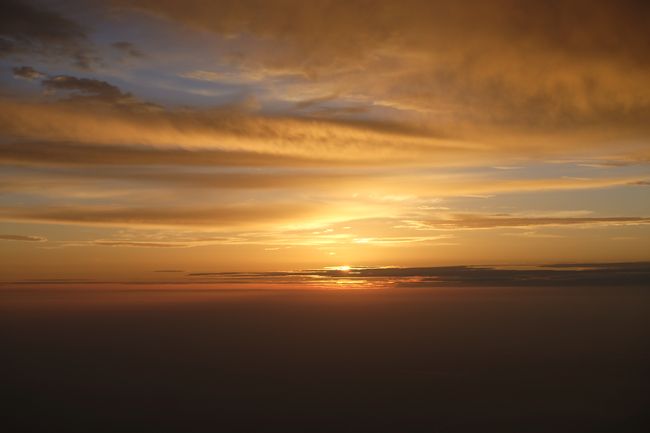
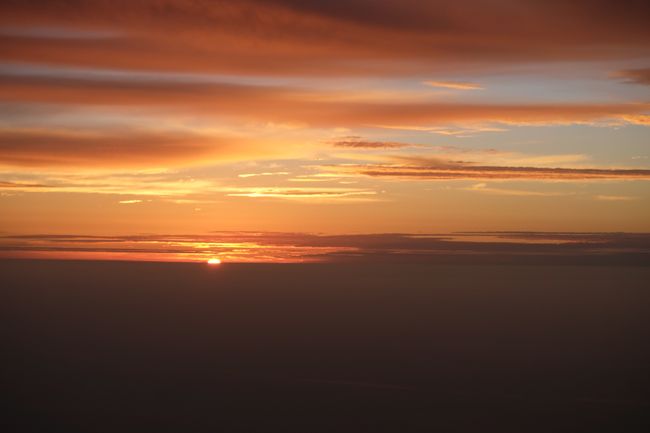
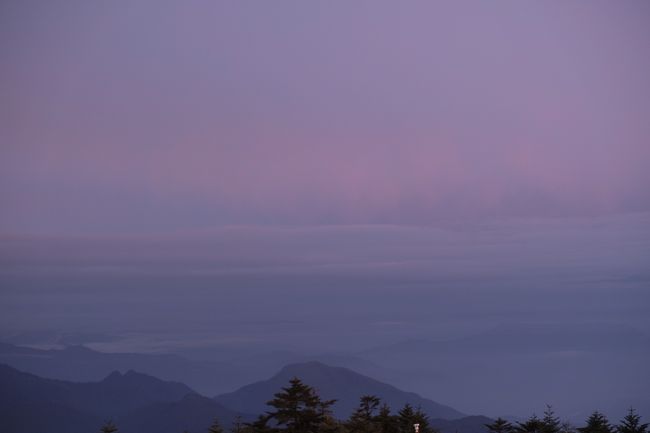
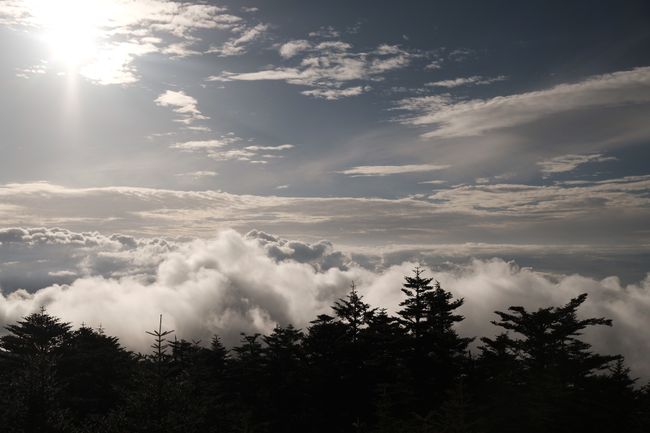
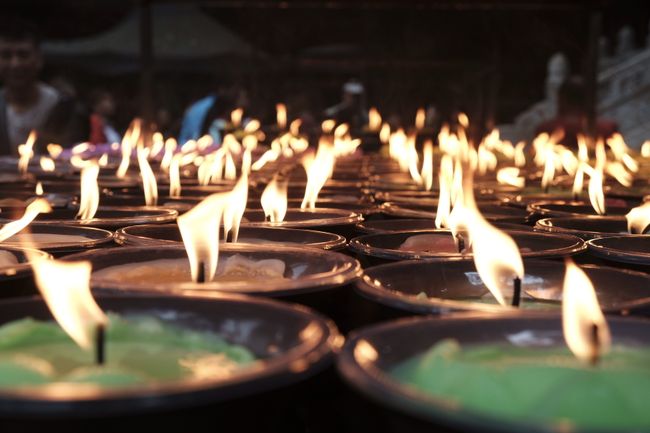
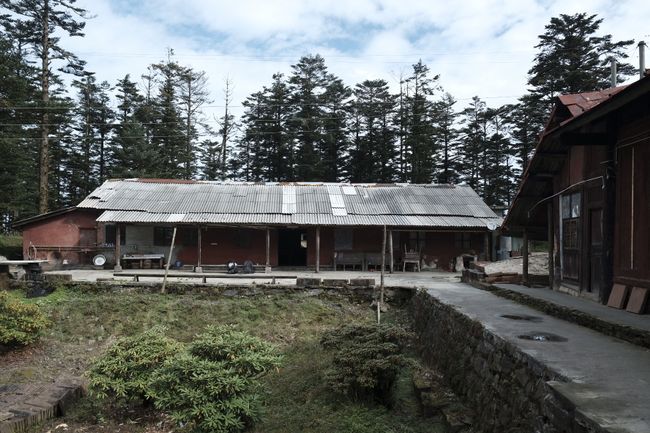
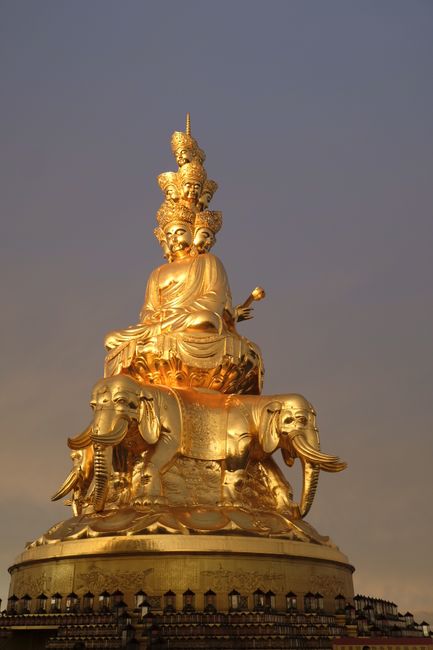
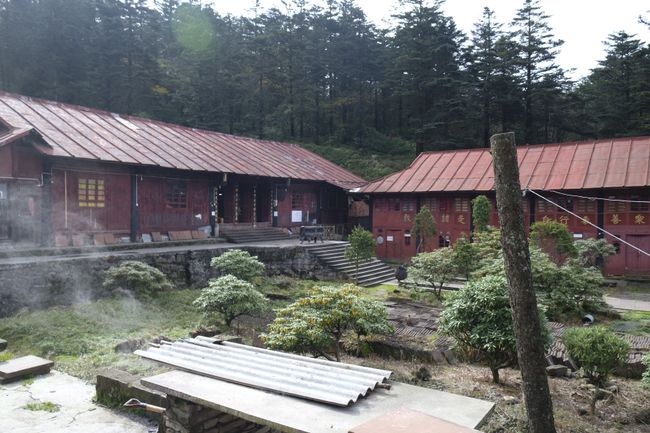
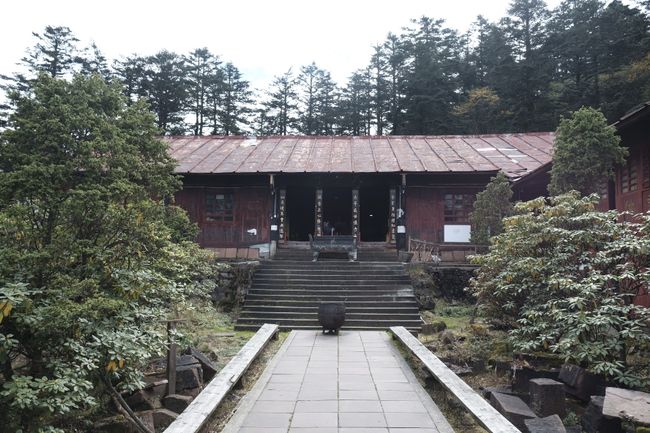
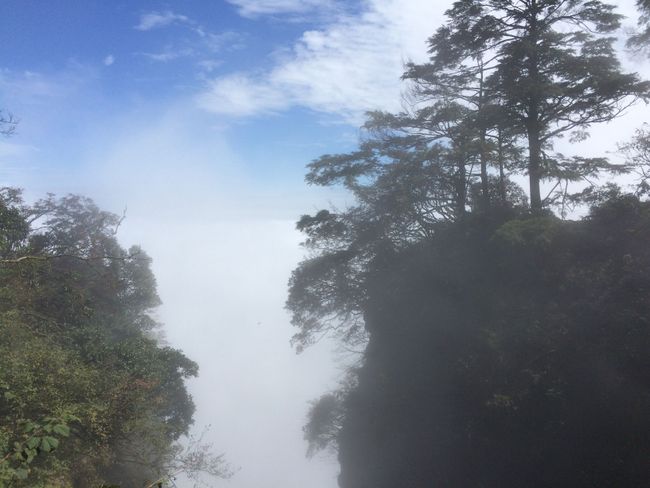
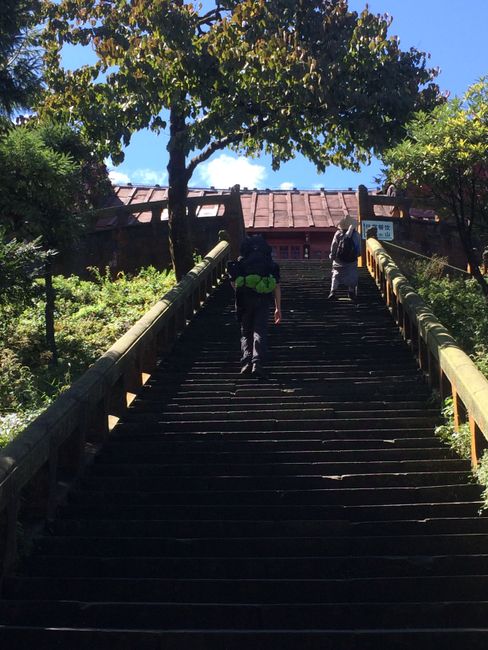
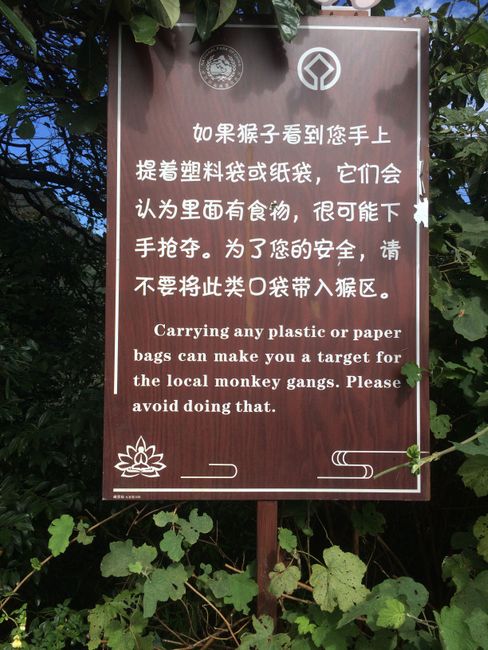
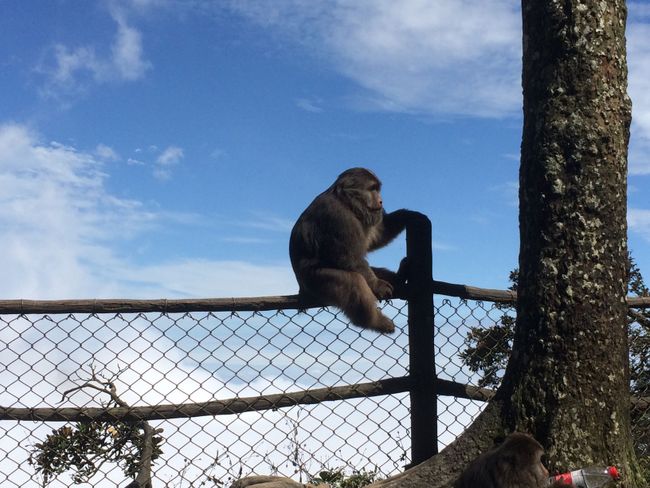
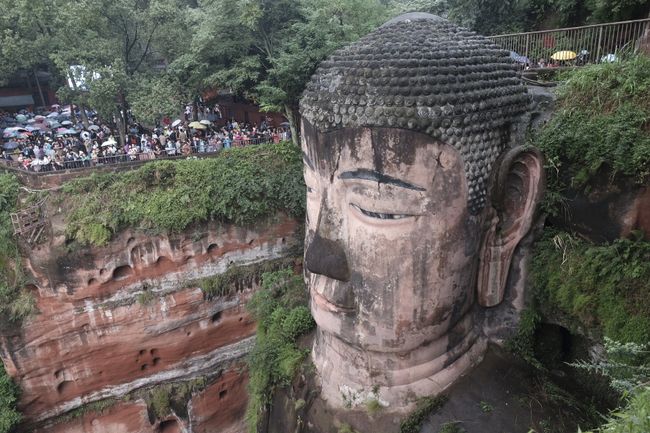
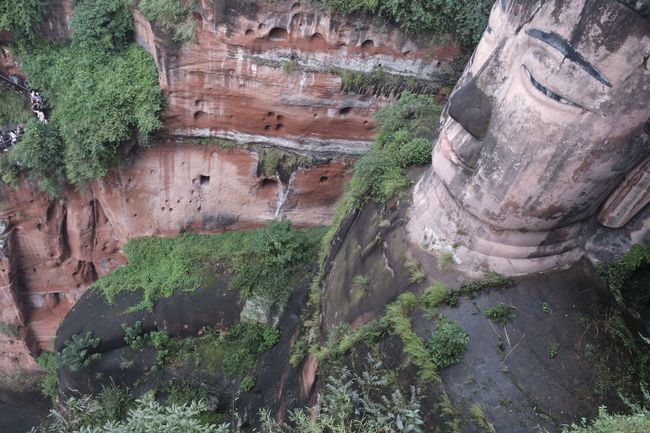
Ба бюллетен обуна шавед
Our next stop was Emei Shan, a city named after the sacred Buddhist mountain located within it, and only a two-hour train ride from Chengdu.
When we arrived, we were initially besieged by very pushy taxi drivers and street food vendors at the train station, so the path out of the station resembled the scenes described by the killer sociologists from The Kangaroo Chronicles. However, unlike these truly exhausting scenes, our hotel was an absolute dream! We were very pleased with our own room with a huge rain shower for only €11 per night. The friendly receptionist explained to us which way we had to go to get to Emei Shan, and so the next day, despite the terrible rain, we set off. Our first stage was about 24km long, climbed 1300 meters in height, and consisted only of stair steps. Only the next ten stair steps shimmered in the rain through the dense clouds, while the rest was engulfed in white-gray mist. Every time we reached a plateau and thought there would be a few steps of level ground, we only found another curve hiding more stairs. At the beginning of the path, we passed a group of praying women and men who went down on their knees and bowed every three steps.
The legend says that the Bodhisattva Samantabhadra (a being who has followed the path of enlightenment in the Buddhist faith) flew to the mountain on his three-headed elephant and may still reside there today.
In addition to this group, we also met another Chinese hiker and a German who quickly overtook us, but only had a day trip planned. Otherwise, we rarely encountered people, and if we did, they were only those coming down the mountain. You can also reach one of the tourist spots by bus. Many people were out and about there, so we pushed our way through the masses of umbrellas and selfie sticks, past thieving Tibetan monkeys, step by step, upward. Later, when we reached the so-called Monkey Area, we bought a walking stick, partly because I like walking sticks, and partly to protect ourselves from aggressive monkeys. Every step was accompanied by a deep sound made by the stick hitting the ground. Dong, Dong, Dong, until I could no longer take it. Eventually, I ran out of strength, so René held my hand for the last few steps to the monastery. And so, feeling a bit more energized, we decided to walk a little further to the next monastery. Soaking wet, tired, and hungry, we arrived there, and I almost cried when the monks showed us the hot water shower and prepared something delicious (of course, vegetarian) for us. The night was cold in the uninsulated room, but we still fell asleep at nine o'clock in the evening and didn't wake up until eight o'clock the next day. We got up in the rain, packed our still damp clothes together, and continued on. And then something happened that we hadn't expected: it stopped raining, and the sun warmly shone on our faces. And all of a sudden, we realized that we were already above the clouds, that's how far we had walked. The view was breathtaking. That day, the ascent was much easier, and we made good progress. In some places, there were no steps, and we could simply walk. Then, at some point, we met a kind little monk who invited us to walk a bit with him in his broken English and with a typical Asian conical hat, and then have lunch together. We walked briskly together up the mountain to the monastery where he wanted to rest. After silently eating together (that's how the monks do it), he stayed in the monastery, and we continued. On the last stretch of the path, which winds from monastery to monastery, there is a bus station and a cable car to the summit. That part of the path is crowded with people, and it's hard to get through. Many people only walk from the bus to the cable car, ride up to the summit, and then walk 7.5 kilometers back to the bus station down the stairs. For hiking up, we received thumbs-up and many pictures were taken (asked but often also without permission) of our red faces. Taking pictures with 'white' people gives the impression of being open-minded, so many Chinese did not hesitate to stand in the middle of us and put their arms around our sweaty bodies.
When we reached the summit, we looked out at an endless sea of clouds. At a specific ratio of sunlight to cloud cover, refraction creates a huge mass of rainbow clouds. It looks so mystical that a few centuries ago, when the temple was built on the summit, some monks who were on their way to nirvana jumped into the sea of clouds. However, since they fell through the cloud cover and landed on solid ground, signs were placed everywhere to prevent people from jumping off the cliff of the mountain.
A 8.5-meter-tall golden statue of the Bodhisattva on his elephant stands on the top of the mountain, majestically looking down on the many visitors.
Since the sunrise is said to be particularly beautiful at this location, we decided to go back down, sleep in one of the affordable monasteries, and then hike back up the next day to watch the sunrise. In the monastery where we had decided to spend the night, we again enjoyed a very delicious dinner. The kind cook found it very amusing that we ate everything and only left behind the chili peppers, which she thought were not spicy. In China, it is not usual to eat everything, it is considered polite to leave a lot of food behind so that at least two adults could still eat from the leftovers on plates, tables, and floors. No one seems to wonder about the leftovers, cigarette butts, and other trash. They simply take a cloth, hold a bucket under the table, and voila! It looks like new. Being praised for finishing our food is really unusual for me, especially since everyone who knows me knows that if it stays long enough, I will eat everything anyway. Otherwise, there will be no good weather tomorrow or from René's point of view, no dessert. These are not things we want to bring about. However, in monasteries, finishing your food is mandatory, so it is the perfect place to demonstrate our skills.
Our favorite cook then told us that we should take a hot footbath. A kind monk who spoke English translated it as 'the hostess (i.e., the cook) won't let you into bed with dirty feet'.
Although we liked it very much in this monastery, we didn't get a wink of sleep that night. It was as cold inside as it was outside, and René's roommate snored so loudly that I heard it loud and clear in the girls' room.
And then the next morning, exactly at half past five, we set off (by now really quick, as we had gotten used to climbing stairs) for the sunrise. In the dark cold, people crowded together to admire the colorful sun.
Then we went back to the monastery for breakfast and tried to find a train from Emei Shan with our phone. Unfortunately, there was no train because it was golden week. A week of vacation for many Chinese who otherwise hardly have any time off and want to travel around their country during this time. We decided to stay in Emei Shan for three more days. During these days, we didn't do much, we washed our clothes, went to a lake surrounded by only hotel ruins, and one day we went to Leshan to see the huge Buddha statue. It was built between the 7th and 10th century, is 71 meters high, and stands at the confluence of three rivers. Thus, it is the largest Buddha statue in the world. The monks built it back then so that the huge Buddha could control the three raging rivers and protect the city and the monastery from flooding. We only saw the statue from above, as the waiting time in line to get to the Buddha's toes was 3.5 hours.
Our time in Emei Shan was really nice. The city doesn't offer much, but it's actually quite cozy. The hike on Emei Shan was a very intense experience, and we are absolutely hooked on climbing the next mountain. For those for whom a 43km hike with a 2500m elevation gain is nothing, they can shorten the route by taking the cable cars or choose to hike down the mountain. We have now met several people who have been to Emei Shan, and they often talk about the bad, foggy weather. So, we were actually quite lucky that the second day was so beautiful. So, pack rain gear and long underwear (or rent them at one of the tourist stalls, the jacket, not the underwear) and let's go!
Ба бюллетен обуна шавед
Ҷавоб
